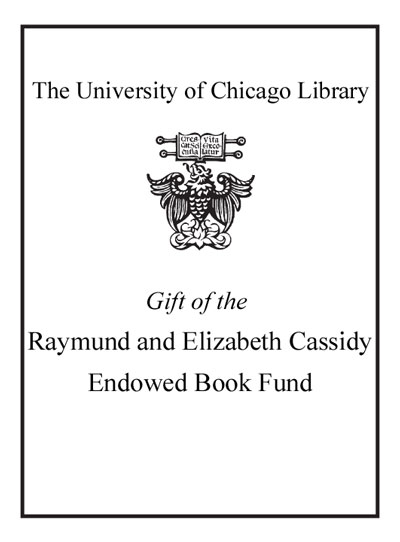Review by Choice Review
Castelli (Barnard) has written a masterful book about the way early Christians used martyrdom to construct a collective memory of religious suffering. Anyone interested in the culture-producing work of memory, gender studies, or early Christianity will find this book rewarding. Castelli draws from but also criticizes Foucault in her account of the self-portraiture of martyrs. What is especially helpful is her focus on the visual dimension of martyrdom and how theologians transformed the visual into written texts while preserving their critique of Roman spectacles. This is a careful argument about how a marginalized group could undermine the rituals of the dominant group while also appropriating their cultural forms. Theologians wanted Christians to discipline their eyes; at the same time, they were putting the bodies of the martyrs on narrative display. Castelli includes a chapter on Thecla and, surprisingly, ends by examining the making of a modern martyr, Cassie Bernall, who was one of the Columbine victims. Throughout, an interest in gender provides thematic unity, but the range of topics covered here is almost too great. ^BSumming Up: Recommended. Upper-division undergraduates through faculty/researchers. S. H. Webb Wabash College
Copyright American Library Association, used with permission.
Review by Choice Review

